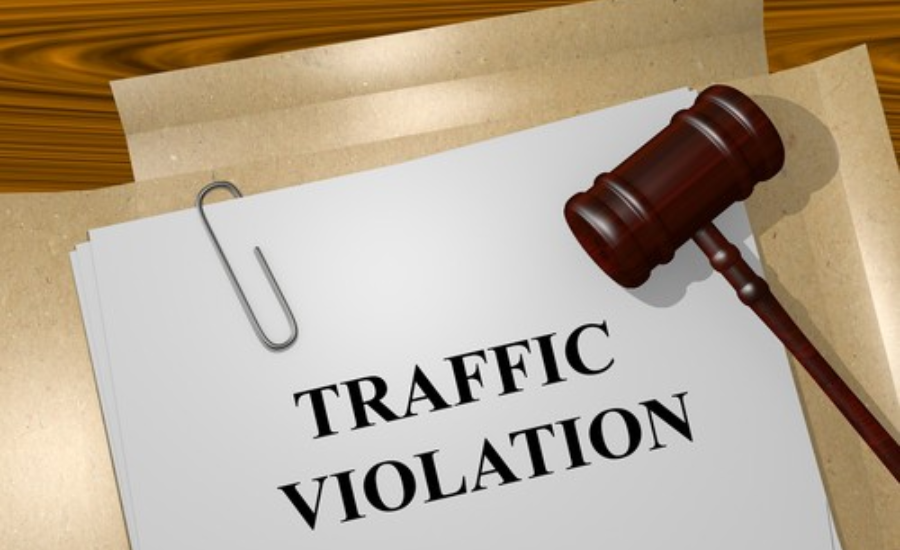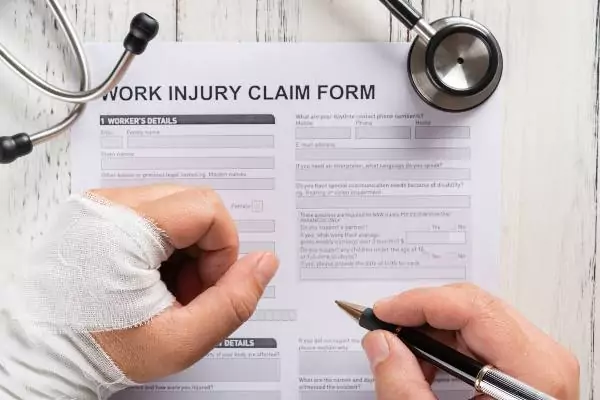Traffic violations are responsible for a significant portion of Toledo car accidents. As you would expect, they become a critical factor in the outcomes of a case, and it affects both parties. If the other party was in violation at the time of the accident, your chances of recovering fair compensation can increase significantly.
The opposite is also true, but it doesn’t always mean you lose your chances of recovery altogether. This guide explores the role of traffic violations in personal injury cases. It may be an excellent read if you have suffered harm in an accident involving traffic violations.
Types of Violations
A traffic violation is any conduct by a driver that violates the rules and laws governing motor vehicle operation on Ohio roadways. These actions include speeding, reckless driving, running red lights and stop signs, failure to yield, improper lane changes, and tailgating, referring to following too closely.
“DUI doesn’t feature in the traffic violations list because while it may similarly affect a personal injury case, it is a criminal offense, not a traffic violation. As such, it becomes among the few traffic-related offenses that can result in criminal penalties, such as imprisonment after a conviction,” says Toledo car accident lawyer Charles Boyk.
How Do Traffic Violations Impact Personal Injury Claims
When an accident results from a traffic violation? There is a chance the police could include the same in their accident report. This information, among other pieces of evidence, can then be used as proof of a traffic violation affecting a case in several ways:
Establishing Liability
Liability falls on the driver who was at fault in an accident, and a traffic violation makes proving fault that much easier. For example, if there is evidence to show that a driver was on the wrong side of the road at the time of an accident, they will likely have liability for the accident.
Establishing Negligence
Car accident claims are negligence-based. As such, a claimant must show that the other driver had a duty of care and breached that duty, causing an accident and, ultimately, harm. A traffic violation is proof of breach of duty and a big step in establishing negligence.
Establishing Causation
Causation is an element of negligence and is the link between an individual’s actions and an accident. For example, if a driver is on the phone at the time of the accident, the distraction becomes the cause of the accident.
The Value of a Claim
Traffic violations can directly impact the value of your claim in several ways. First, it can influence the severity of resulting injuries. For example, if the violation is speeding, the chances of suffering severe injuries will be high, resulting in higher compensable damages.
Also, it can create grounds for seeking punitive damages against the at-fault party. A violation could limit your recoverable damages if it is on your part. Ohio follows modified comparative negligence. This means victims recover compensation relative to their contribution to a fault in an accident. However, if the fault exceeds 50 percent, you lose your right to compensation.
Challenging a Traffic Violation Claim or Charge
Having the police reports and witnesses claim you were in violation doesn’t necessarily mean you are. A lawyer can help you challenge your citations to improve your odds. Even after a conviction, you could go for an appeal. If nothing works, your Toledo car accident lawyer may have to make the best out of your case, given the circumstances.
Don’t miss the latest updates and alerts visit: Internal Insider!










